Tire pressure on golf carts plays a pivotal role in ensuring optimal performance, safety, and ride comfort. Understanding the recommended tire pressure range, factors affecting it, and methods for measuring and adjusting it is crucial for every golf cart owner.
Maintaining proper tire pressure not only enhances handling and stability but also prevents potential safety hazards. This comprehensive guide delves into the intricacies of tire pressure for golf carts, providing valuable insights and practical tips for maintaining it over time.
Tire Pressure Recommendations for Golf Carts
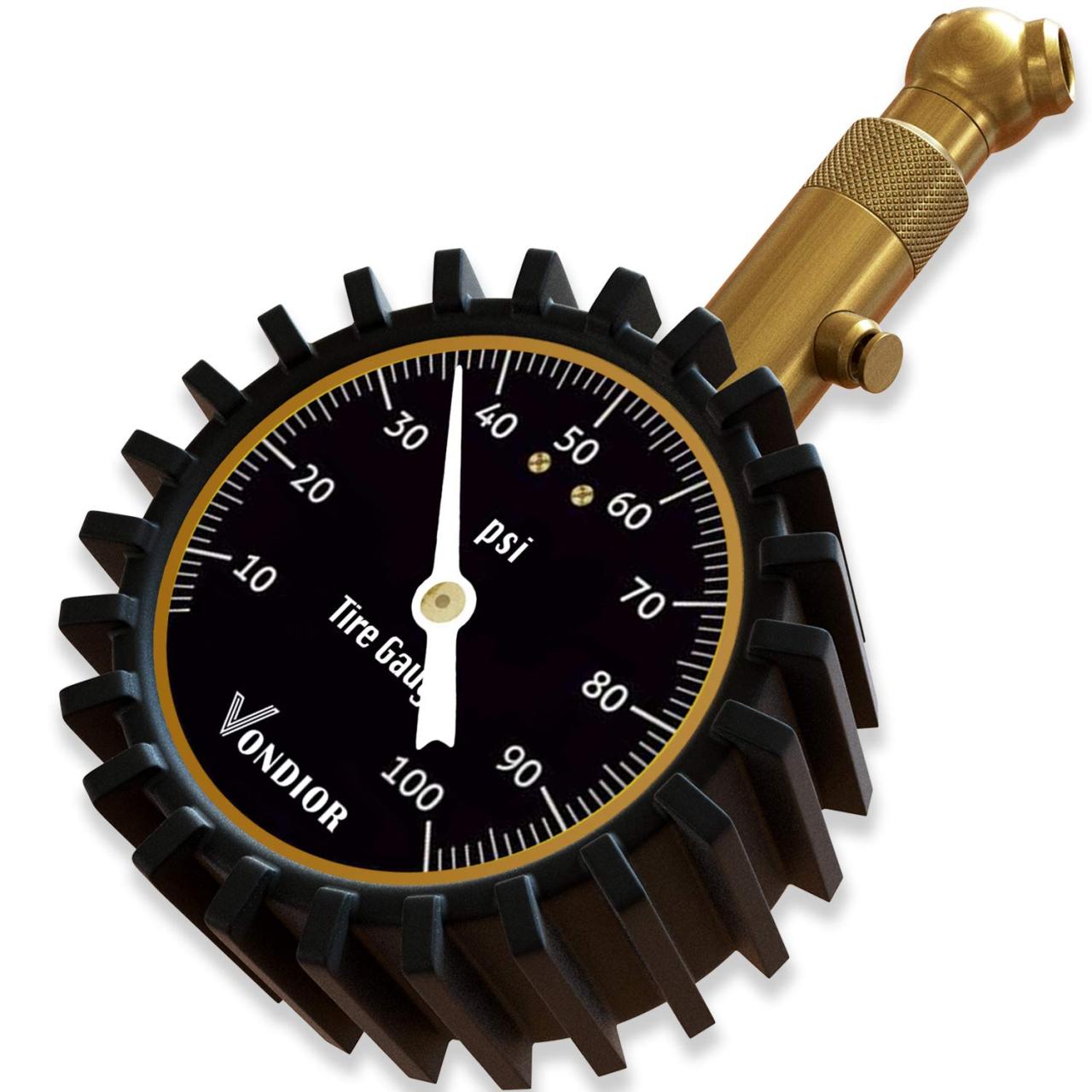
Proper tire pressure is crucial for the performance and safety of golf carts. Maintaining optimal pressure ensures a comfortable ride, extended tire life, and efficient battery usage. The ideal tire pressure range for golf carts typically falls between 15 to 20 psi (pounds per square inch).
Factors Affecting Tire Pressure
Several factors influence the appropriate tire pressure for golf carts, including:
– Terrain: Different terrains, such as paved roads, grassy areas, and uneven surfaces, require varying tire pressure levels.
– Weight: The weight of the golf cart, including passengers and cargo, affects the pressure needed to support the load.
– Speed: Higher speeds require slightly higher tire pressure to maintain stability and reduce rolling resistance.
Recommended Tire Pressure Settings
The recommended tire pressure settings for different types of golf carts are as follows:
| Golf Cart Type | Recommended Tire Pressure (psi) |
|—|—|
| Electric Golf Carts | 15-18 psi |
| Gas-Powered Golf Carts | 18-20 psi |
| Heavy-Duty Golf Carts | 20-22 psi |
Consequences of Incorrect Tire Pressure
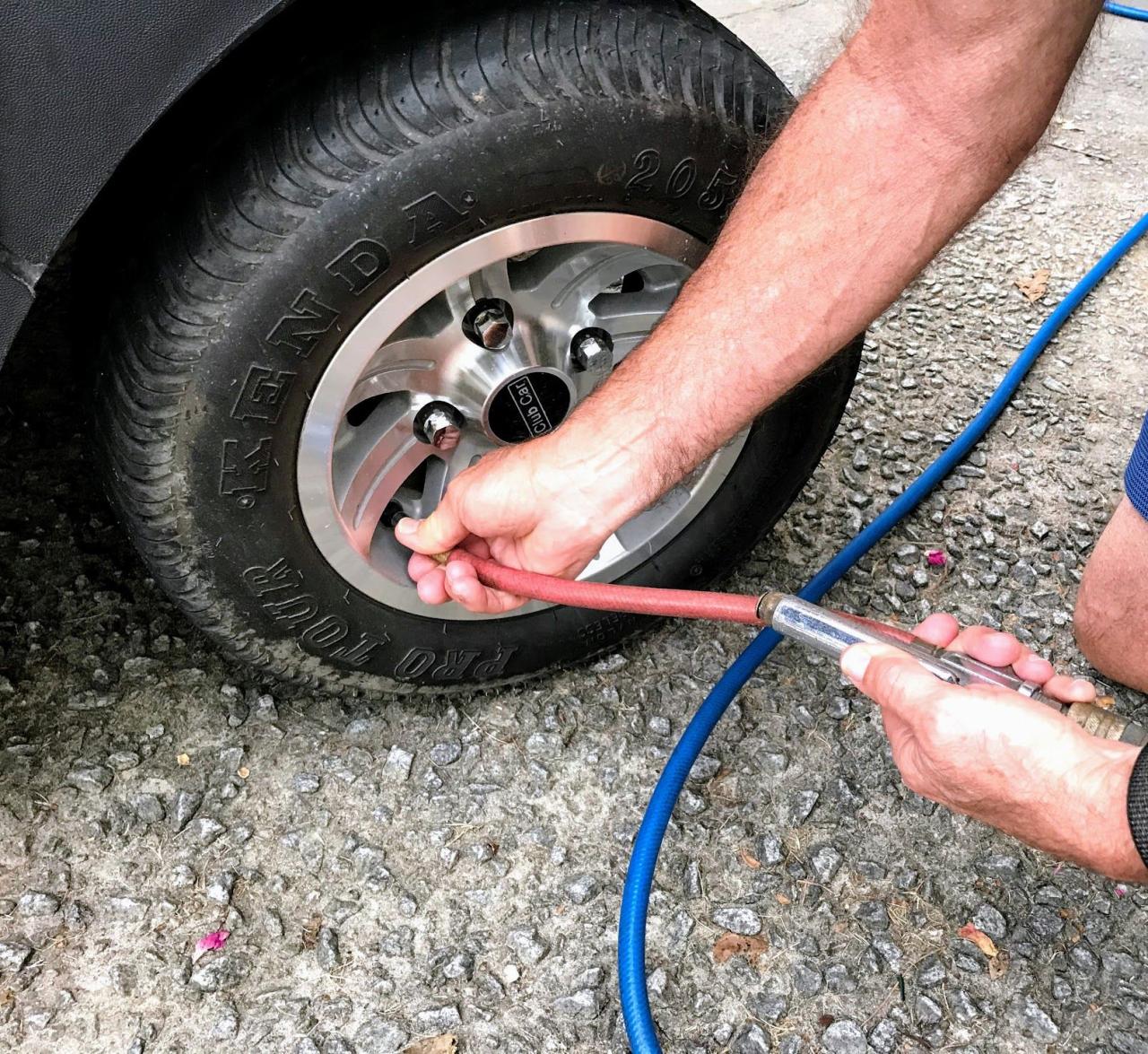
Maintaining proper tire pressure on golf carts is crucial for optimal performance, safety, and longevity. Deviating from the recommended levels, whether over-inflating or under-inflating, can lead to a range of negative consequences that impact handling, stability, and ride comfort, potentially posing safety hazards.
Over-inflated Tires
- Reduced traction: Over-inflated tires have a smaller contact patch with the ground, resulting in diminished grip and traction, particularly on uneven or slippery surfaces.
- Increased bounce: The stiffer tires absorb less shock, causing a rougher ride and making the golf cart more susceptible to bouncing and jolting over bumps.
- Accelerated wear: The increased pressure on the center of the tire leads to uneven wear, shortening the tire’s lifespan.
- Potential for blowouts: Extreme over-inflation can weaken the tire’s structure, increasing the risk of a blowout, especially under heavy loads or high speeds.
Under-inflated Tires
- Reduced stability: Under-inflated tires have a larger contact patch, which increases their tendency to roll over or slide sideways, especially when cornering or on slopes.
- Increased rolling resistance: The larger contact patch also increases friction with the ground, resulting in higher rolling resistance and reduced efficiency.
- Accelerated sidewall wear: The increased contact with the ground causes the sidewalls of the tires to flex excessively, leading to premature wear and potential damage.
- Potential for punctures: Under-inflated tires are more likely to puncture due to their increased susceptibility to impacts and sharp objects.
Methods for Measuring and Adjusting Tire Pressure: Tire Pressure On Golf Carts

Measuring and adjusting tire pressure is essential for maintaining the performance and longevity of golf carts. Here’s a guide to ensure accurate readings and safe adjustments:
Measuring Tire Pressure
- Remove the valve cap: Use a valve stem cap remover to unscrew the cap from the tire valve.
- Attach the tire pressure gauge: Press the gauge’s chuck firmly onto the valve stem. The gauge will display the tire pressure reading.
- Interpret the reading: The tire pressure should be within the recommended range specified by the golf cart manufacturer. Refer to the owner’s manual or tire sidewall for the correct pressure.
- Repeat for all tires: Check the tire pressure of all four tires to ensure they are evenly inflated.
Adjusting Tire Pressure, Tire pressure on golf carts
- Use a tire inflator: Attach the inflator’s hose to the tire valve and turn on the air compressor.
- Monitor the pressure gauge: Gradually inflate the tire until the desired pressure is reached.
- Check the pressure: Use the tire pressure gauge to verify the accuracy of the adjustment.
- Repeat for other tires: Adjust the tire pressure of the remaining tires as needed.
Safety Precautions:
Maintaining optimal tire pressure is crucial for the performance and longevity of golf carts. However, choosing the right golf cart rims and tires can also impact tire pressure. Heavier rims, for instance, may require higher tire pressure to achieve the same level of firmness.
Conversely, tires with a larger contact patch may distribute weight more evenly, allowing for slightly lower tire pressure. By considering the relationship between tire pressure and golf cart rims and tires, you can optimize your cart’s handling, stability, and tire life.
- Always wear safety glasses when adjusting tire pressure.
- Do not overinflate the tires, as this can lead to tire blowouts.
- If you are unsure about the correct tire pressure or have any concerns, consult with a qualified mechanic.
Tire Pressure Monitoring Systems
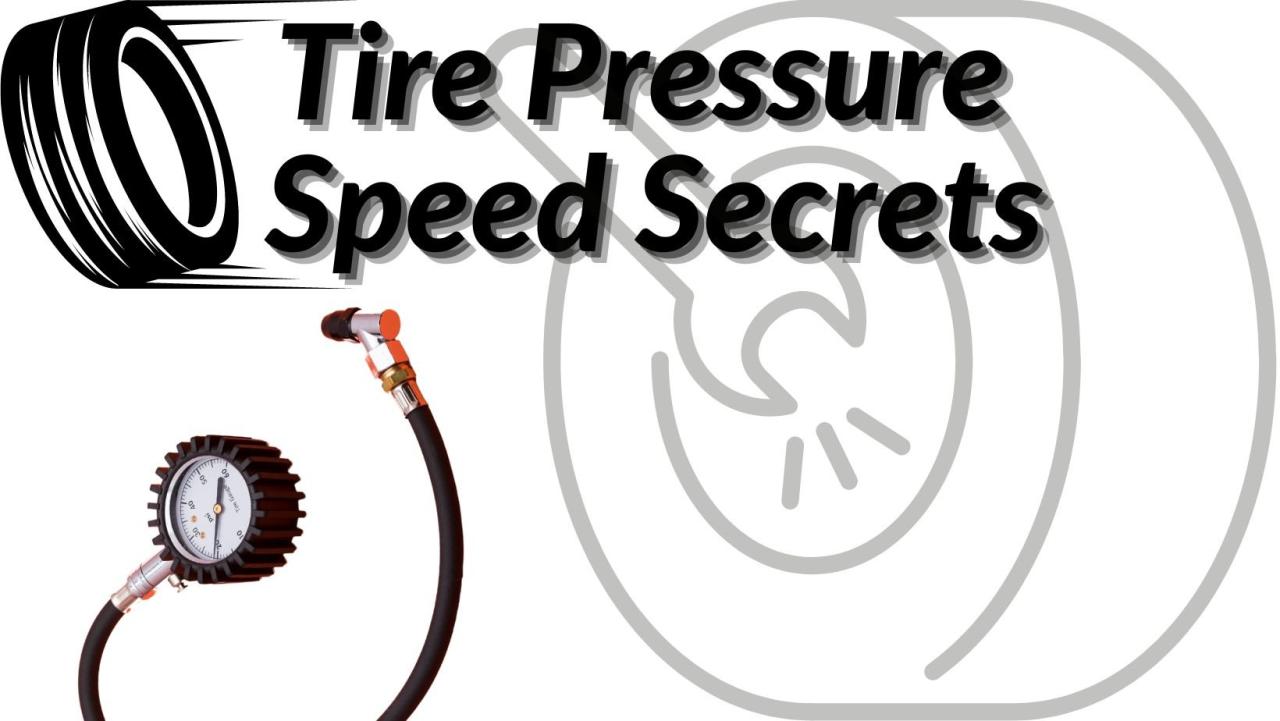
Tire pressure monitoring systems (TPMS) are devices that monitor the tire pressure of golf carts and alert the driver to any changes. They offer several benefits:
– Improved safety: Correct tire pressure is crucial for the safe operation of golf carts. TPMS can help prevent accidents caused by underinflated or overinflated tires.
– Extended tire life: Properly inflated tires wear evenly and last longer. TPMS can help drivers maintain optimal tire pressure, extending the life of their tires.
– Enhanced performance: Correct tire pressure improves the overall performance of golf carts, including handling, stability, and fuel efficiency.
TPMS come in two main types:
– Direct TPMS: Uses sensors mounted inside each tire to measure pressure and transmit data wirelessly to a receiver in the cart.
– Indirect TPMS: Uses wheel speed sensors to detect changes in tire pressure. When a tire loses pressure, its diameter decreases, causing the wheel to rotate at a different speed.
Direct TPMS is more accurate and provides real-time pressure readings, while indirect TPMS is less expensive and easier to install.
Maintaining Tire Pressure over Time
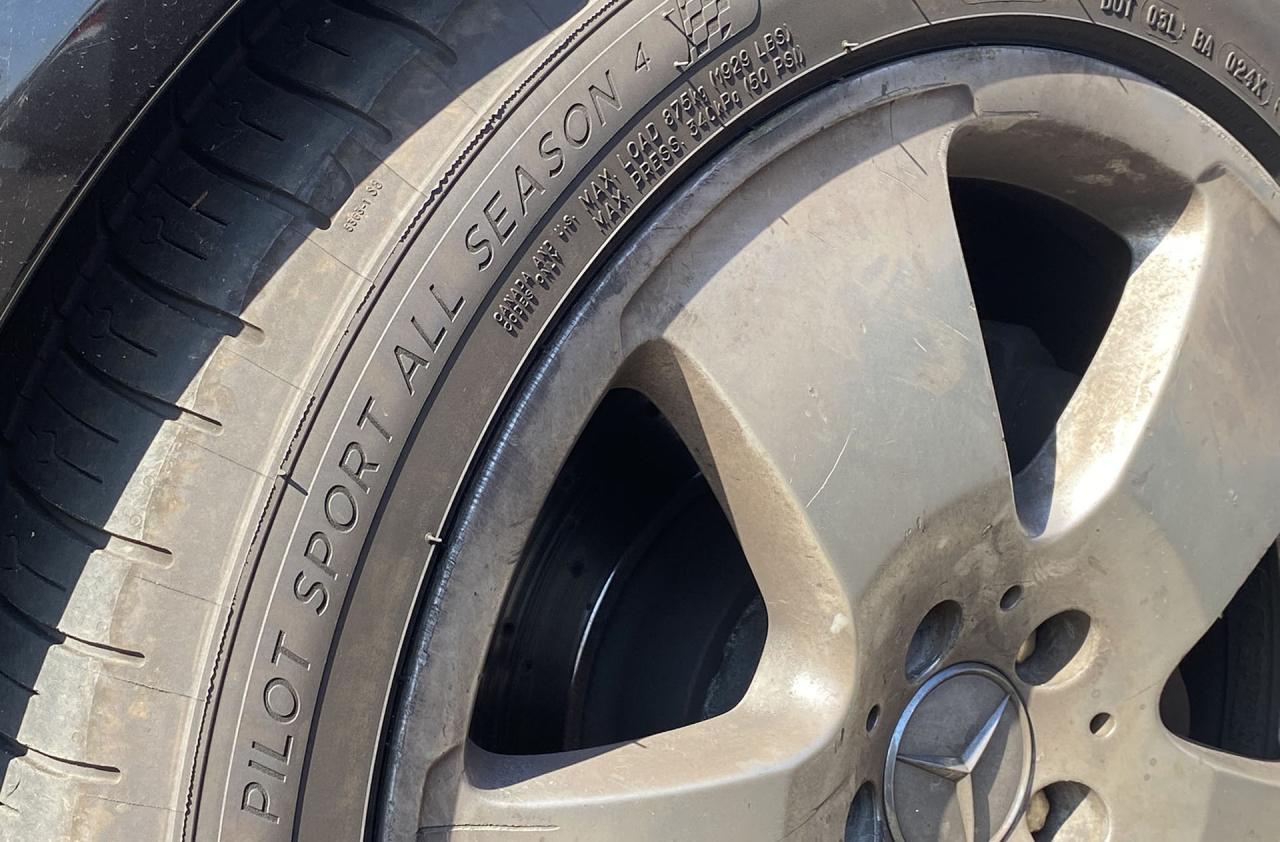
Maintaining optimal tire pressure in golf carts is crucial for their performance, longevity, and safety. Over time, tire pressure can fluctuate due to various factors such as temperature changes, usage patterns, and potential leaks. Regular monitoring and maintenance are essential to ensure consistent tire pressure and avoid potential issues.
Regular tire inspections are vital for maintaining proper tire pressure. Inspect the tires visually for any signs of wear, damage, or punctures. Check the sidewalls for cracks, bulges, or cuts. Examine the tread depth to ensure it meets the manufacturer’s specifications.
Tire Pressure Maintenance Checklist
- Regular Tire Inspections: Inspect tires regularly for any signs of wear, damage, or punctures.
- Tire Pressure Monitoring: Use a reliable tire pressure gauge to check tire pressure regularly, especially before extended use.
- Temperature Adjustments: Adjust tire pressure according to the ambient temperature. Generally, increase pressure by 2-3 psi for every 10°F (5.6°C) increase in temperature.
- Avoid Overinflation: Overinflated tires can lead to reduced traction, increased wear, and potential blowouts.
- Proper Storage: Store golf carts in a cool, dry place with tires off the ground to prevent flat spots.
- Professional Maintenance: Seek professional assistance if you suspect any significant tire damage or leaks that cannot be resolved with simple maintenance.
Ending Remarks
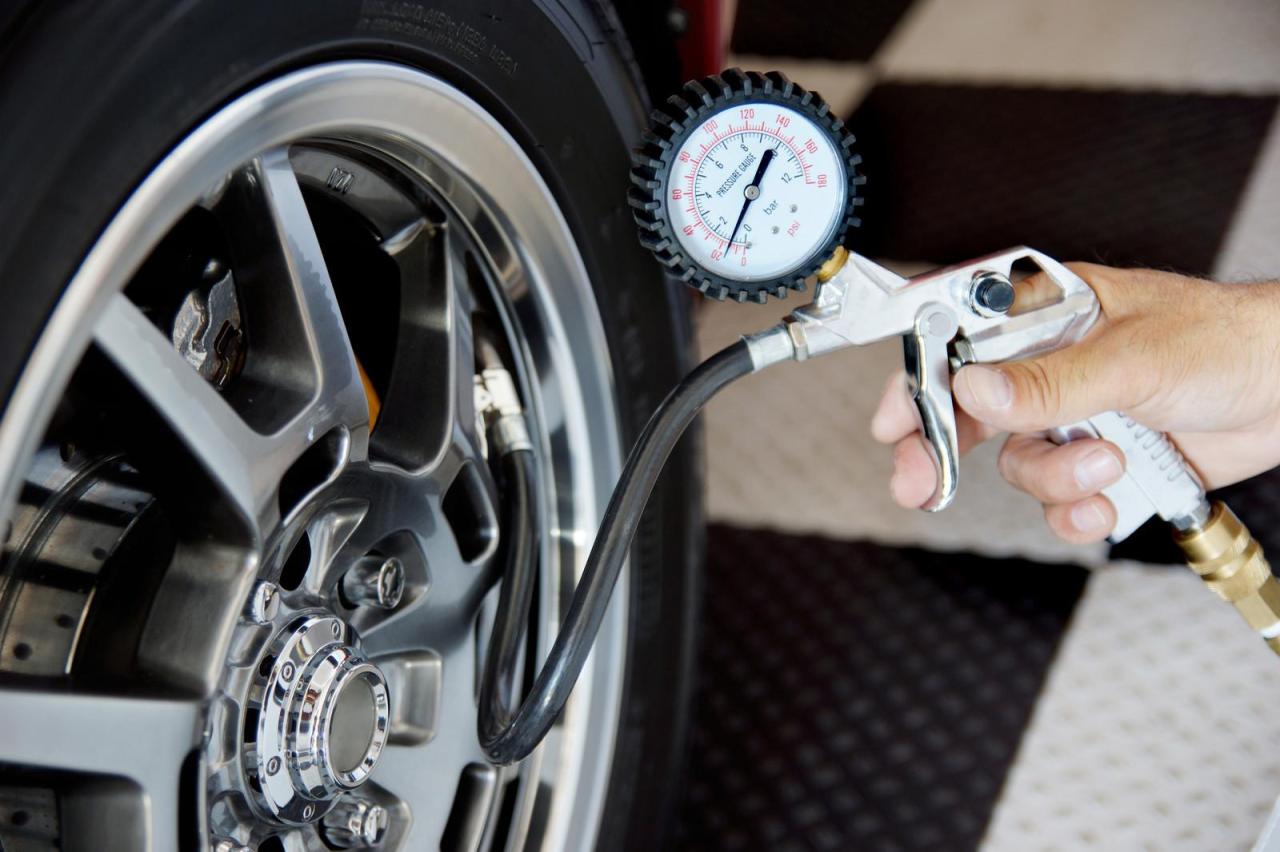
In conclusion, tire pressure on golf carts is a critical aspect that should not be overlooked. By adhering to the recommended pressure range, considering factors that influence it, and utilizing proper measurement and adjustment techniques, golf cart owners can ensure a safe, comfortable, and enjoyable driving experience.
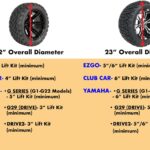

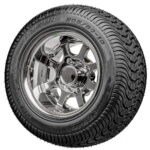
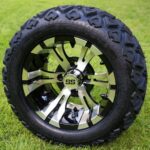
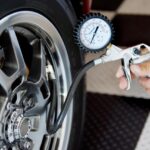
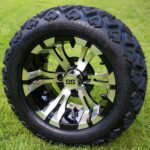

1 thought on “Optimal Tire Pressure for Golf Carts: Essential Guide for Performance and Safety”